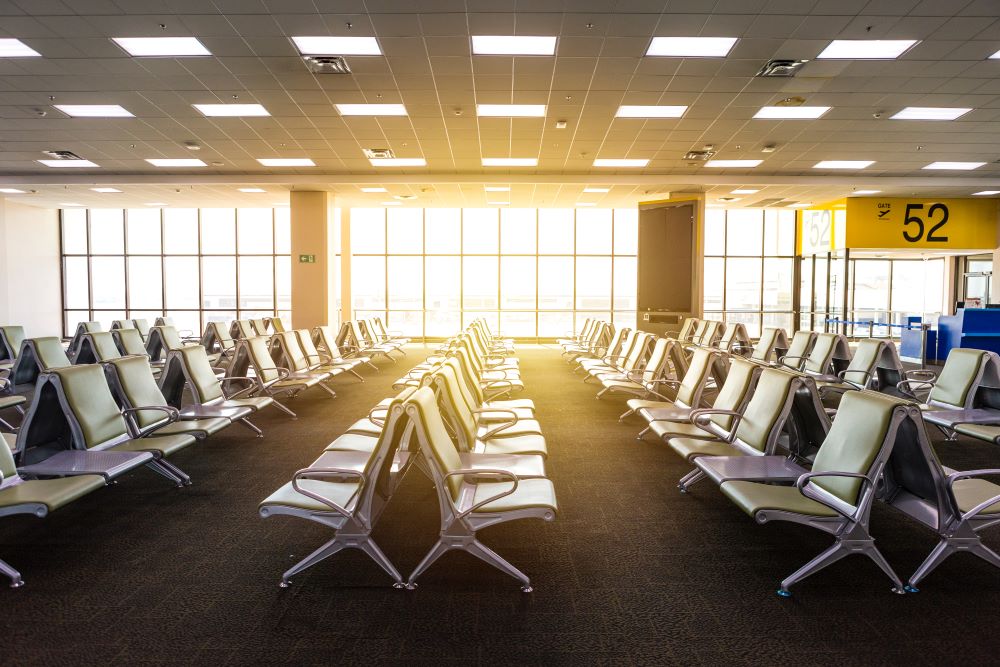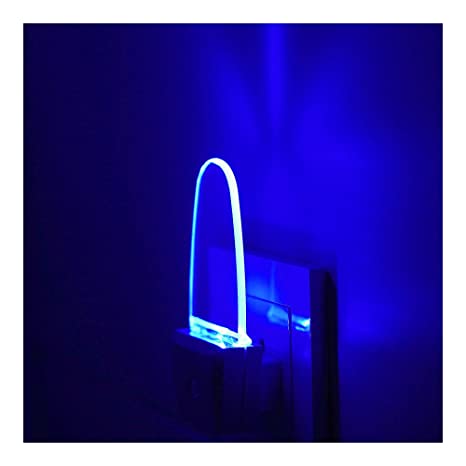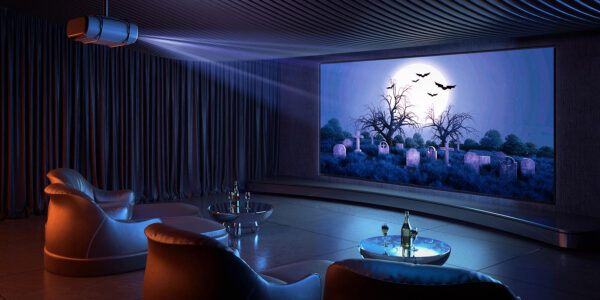Ground and flight operations at major airports are akin to a highly-choreographed ballet. Even with enhanced radar and electronic imaging, the operations teams that control this ballet need to have a clear view of everything happening while controlling costs to maintain the safety and profitability of their actions. New LED airport lighting technology is helping major airports to accomplish these tasks, and German airports have been among the earliest beneficiaries of the cost savings that LED lighting can offer.
Major Cost Savings with LED Lighting Systems
German airports have been at the forefront of adopting energy-efficient LED lighting systems, resulting in significant cost savings and numerous benefits. With a strong commitment to sustainability and a focus on reducing operational expenses, German airports have embraced LED technology to illuminate their facilities. Let’s explore how LED lighting systems have revolutionized German airports, providing substantial cost savings and improved efficiency.
- Energy Efficiency and Reduced Consumption:
LED lighting systems offer remarkable energy efficiency compared to traditional lighting technologies. German airports have recognized the potential for energy savings by replacing outdated lighting fixtures with LED alternatives. LED lights consume significantly less energy while providing the same or even higher levels of illumination. This translates into substantial reductions in electricity consumption and energy costs for airport operators. By embracing LED lighting, German airports have significantly contributed to their sustainability goals and reduced their carbon footprint.
- Longevity and Reduced Maintenance Costs:
LED lighting systems have an extended lifespan compared to conventional lighting solutions. The longevity of LED lights minimizes the need for frequent replacements, reducing maintenance and labor costs. German airports have benefited from the durability and reliability of LED lighting, which can operate for tens of thousands of hours without compromising performance. This prolonged lifespan not only saves on maintenance expenses but also ensures consistent lighting quality and reduces disruptions caused by bulb replacements.
- Enhanced Visibility and Safety:
Airports require optimal visibility and safety for their operations. LED lighting systems provide superior illumination, ensuring clear visibility for pilots, ground crew, and passengers. The high color rendering index (CRI) of LED lights accurately renders colors, facilitating easy recognition of signage, markings, and aircraft details. This enhanced visibility contributes to safer operations, reduces the risk of accidents, and improves overall airport safety.
- Smart Lighting Controls and Adaptive Features:
German airports have embraced the use of smart lighting controls and adaptive features that further optimize energy consumption and operational efficiency. These advanced systems allow precise control of lighting levels, enabling airports to tailor lighting to specific needs and usage patterns. Smart controls can automatically adjust lighting based on natural daylight, occupancy, or specific events, minimizing unnecessary energy consumption. The ability to dim or switch off lights in unoccupied areas or during low-demand periods contributes to additional cost savings.
- Improved Passenger Experience:
LED lighting systems not only benefit airport operations but also enhance the passenger experience. German airports have implemented LED lighting to create welcoming and visually appealing environments. LED lights offer better color quality, reduced glare, and improved light distribution, creating comfortable spaces for travelers. The aesthetic appeal of LED lighting contributes to a positive passenger experience, enhancing their overall satisfaction and perception of the airport.
- Environmental Sustainability:
German airports have made significant strides in reducing their environmental impact through LED lighting systems. LED lights are eco-friendly as they do not contain hazardous substances such as mercury or emit harmful UV radiation. LED technology aligns with the country’s commitment to environmental sustainability and aligns with its stringent environmental regulations. By adopting LED lighting, German airports showcase their dedication to sustainable practices and serve as role models for other airports worldwide.
German airports have demonstrated the remarkable benefits of LED lighting systems, showcasing substantial cost savings, improved energy efficiency, enhanced visibility, and an elevated passenger experience. Through the adoption of LED technology, these airports have achieved significant reductions in energy consumption, maintenance costs, and environmental impact. As other airports around the world take note of these successes, the trend toward LED lighting systems is gaining momentum, offering a brighter, more sustainable future for the aviation industry.
German Airports Showing Major Cost Savings
Airports in Munich and Hanover are among the first of the German airports to see cost savings from LED lighting. Munich’s Franz Josef Strauss Airport replaced runway, parking lot, and roadway lights with LED lighting systems. This airport expects to reduce its annual electricity consumption by 122,000 kilowatt hours as a result of this retrofit. This reduces the airport’s electrical energy consumption by almost 50%. The airport’s maintenance costs will also decrease accordingly, as those LED’s will not require replacement until after more than 50,000 hours of operation.
Some of the early testing of LED lighting, including cost savings prove-up, occurred at smaller airports such as northern Germany’s Paderborn-Lippstadt airport. That facility ran field tests between 2008 and 2009 in conjunction with an LED airport light manufacturer to verify efficiency, safety, and environmental friendliness. Technicians estimate that the airport could save up to 85% of its energy costs with a complete LED lighting retrofit, while simultaneously reducing servicing and maintenance costs by up to 70%.
The adoption of airport ground lighting on runways and taxiways has cleared many European aviation regulatory hurdles. Safety is a primary consideration in all airport operations. The transition to LED lighting has met some resistance from regulators who have expressed concerns over the ability of airplane pilots to quickly adapt to the light spectrum provided by LED lights, notwithstanding the visibility improvements that are created by that spectrum. Safety studies have dismissed these concerns, however, and have shown that LED runway lighting can actually enhance safety.
Airports in countries that border Germany have taken notice of the benefits that German airports are seeing from LED lights. Austria’s Innsbruck Airport installed LED floodlights, leading to energy savings of almost 70%.
Germany has long been a leader among countries that are seeking to reduce the carbon footprints of their industrial operations. The transition to LED lighting systems by the country’s airport operations serves that interest at the same time as it saves costs and energy consumption. LED lighting systems incorporate no toxic materials that will contaminate landfills, they provide better illumination with lower energy consumption, and generate more effective lighting on runways and taxiways, inside terminals, and in ground operations around airports.







